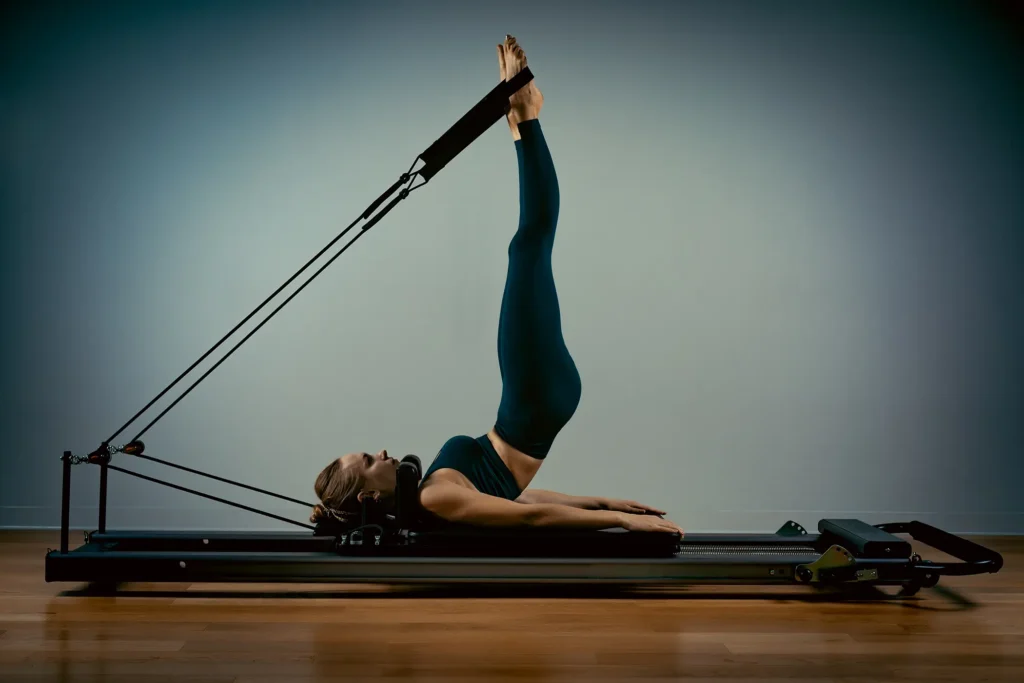Pilates is an exercise system that aims to strengthen the muscles and increase flexibility to provide body balance. This exercise system, developed by a fitness instructor named Joseph Pilates, shows its effects by strengthening the muscle groups in the abdomen, waist and back regions in order to correct posture. Pilates is an exercise system that is recommended to be done regularly due to its benefits such as tightening the muscles, increasing flexibility and increasing general endurance.
Pilates includes many exercise applications for every part of the body. The aim is to ensure that the mind and body move together. Exercises are performed on a mat or on specially developed equipment. Pilates was a system that was quite advanced for its time when it first emerged. Today, thanks to this system, millions of people are still benefiting from the equipment invented by Joseph H. Pilates.
Joseph Pilates (Joseph Hubertus Pilates) was born in 1883 in Mönchengladbach, Germany. Struggling with rickets, asthma and rheumatism in his childhood, Joseph Pilates began researching different types of exercise in order to strengthen his weak body. As a result of this research, he developed the Pilates exercise system that bears his name, drawing inspiration from disciplines such as yoga, gymnastics, boxing, dance and martial arts. Joseph Pilates is also a famous physical fitness instructor. This system, which he developed as a unique exercise system, was later named “Controlology”.
Joseph Pilates had the opportunity to develop his method by having prisoners of war who were taken hostage during World War I do exercises for rehabilitation purposes. Joseph Pilates, who used bed springs as resistance equipment due to the lack of opportunities, also laid the foundations of the reformer device in this process. The trainer, who immigrated to the USA in the post-war years, gave training to professionals such as dancers and athletes in the studio he founded with his wife. This exercise system developed by Joseph Pilates is widely preferred by professional athletes as well as individuals who adopt a healthy lifestyle.
Pilates benefits attract those who adopt a healthy lifestyle with the numerous advantages it offers. Pilates, when done regularly, strengthens the muscles and increases flexibility, creating positive effects in terms of physical health. Pilates exercises, which especially target the waist, abdomen and back areas, also help correct posture disorders. Since it does not put a load on the joints as in weight training, it reduces the risk of injury and makes the body more robust. Pilates benefits allow you to be more active and energetic in your daily life.
Another important benefit of Pilates is its effect on mental health. Pilates helps reduce stress and anxiety as it focuses on breath control along with mind and body harmony. When done regularly, Pilates provides a peaceful life by relaxing the mind. In addition, it improves cardiovascular health by increasing energy levels as it increases blood circulation. Considering the benefits of Pilates, it has become a favorite of those who adopt a healthy lifestyle as an excellent exercise option.
There are three main principles required for Pilates. These are;
What are the Pilates movement principles? What is the purpose of a lesson flow?

What are the Pilates movement principles? What is the purpose of a lesson flow?
Provides balanced muscle development of the whole body
Increases the body's overall endurance by strengthening the core muscles
Increases flexibility
Increases spine and joint mobility (mobilization)
Improves scapula and pelvis stabilization
Treats posture disorders and helps you have a better posture.
Improves balance and coordination
Increases concentration
Provides breath control, develops diaphragm muscle
Prevents injuries
Provides body awareness
Improves quality of life
Reduces back and joint pain
Reduces depression and stress
Increases motivation
Provides body shaping and tightening
It helps you lose weight
Increases blood circulation, activates the lymphatic system
Improves sleep quality
Pilates types are divided into categories according to the equipment used and the way it is applied. The most common type is mat pilates, which consists of exercises on a mat that aim to increase the body’s balance, flexibility and muscle strength. Another common type of pilates is called reformer pilates. This type of pilates is done with the help of a special machine that can work the muscles more effectively thanks to its spring resistance mechanism. In this way, the development of balance and coordination is accelerated.
Among the types of Pilates, clinical Pilates applied by physiotherapists stands out in terms of supporting rehabilitation after injury. Pregnancy Pilates, which helps those who are preparing to become mothers prepare their bodies for the birth process, and functional Pilates, which focuses on facilitating daily movements, are among the types of Pilates. Pilates types have a variety that can offer effective exercise alternatives by addressing the different needs and goals of those who want to strengthen their bodies and increase their flexibility.
In Pilates classes, regional exercises are not performed; the aim is to activate and work all body muscles as a whole in the same session. If the correct technique is applied with Pilates, all muscle groups are actively worked without the need for other branches.
Copyright © 2024 StudioN98